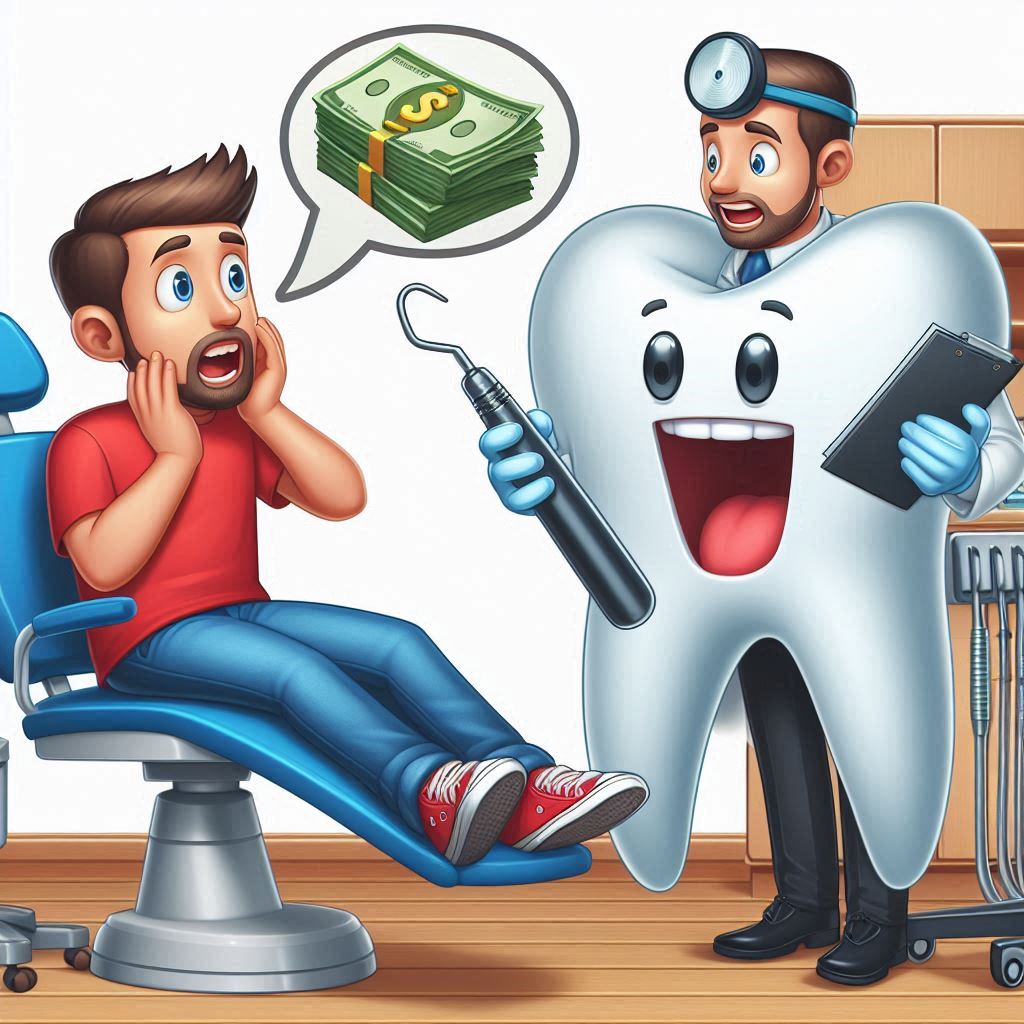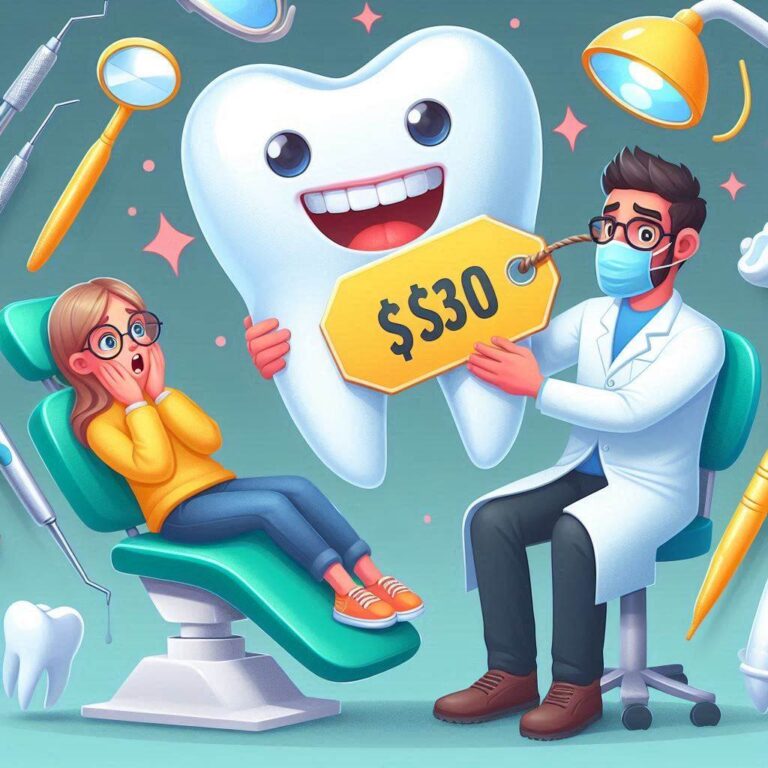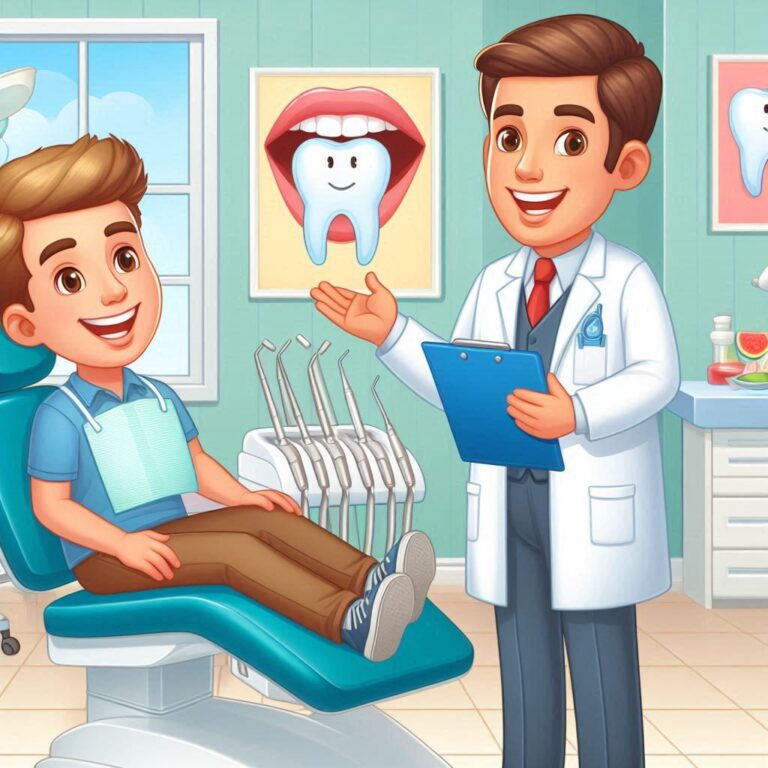Tooth Extraction Cost Justification
Tooth extraction is a common dental procedure that millions of people undergo each year. Whether it’s due to severe decay, overcrowding, or trauma, the decision to remove a tooth is often accompanied by concerns about cost. For many, the price tag of a tooth extraction can feel overwhelming, leading to hesitation or even avoidance of necessary treatment. However, understanding the justification for these costs can help patients make informed decisions about their oral health.
This article delves into the intricacies of tooth extraction costs, exploring the factors that influence pricing, the long-term benefits of the procedure, and how to communicate its value to patients. By the end of this guide, you’ll have a comprehensive understanding of why tooth extraction is not just a medical necessity but also a financially sound investment in your overall health.

2. Understanding Tooth Extraction: When and Why It’s Necessary
Tooth extraction is the removal of a tooth from its socket in the bone. While the idea of losing a tooth may seem daunting, there are several scenarios where extraction is the best course of action:
- Severe Tooth Decay: When a tooth is extensively decayed and cannot be restored with a filling or crown, extraction may be necessary to prevent infection.
- Gum Disease: Advanced periodontal disease can loosen teeth, making extraction unavoidable.
- Impacted Teeth: Wisdom teeth often become impacted, causing pain and potential damage to adjacent teeth.
- Overcrowding: Orthodontic treatment may require the removal of teeth to create space for proper alignment.
- Trauma: Teeth damaged by injury may need to be extracted if they cannot be repaired.
Understanding the reasons for extraction helps patients see the procedure as a proactive step rather than a last resort.
3. Factors Influencing Tooth Extraction Costs
The cost of tooth extraction varies widely depending on several factors:
- Type of Extraction: Simple extractions are less expensive than surgical extractions, which involve impacted or broken teeth.
- Geographic Location: Dental costs differ by region, with urban areas typically charging more than rural ones.
- Dentist’s Expertise: Experienced oral surgeons may charge higher fees.
- Anesthesia Type: Local anesthesia is cheaper than general anesthesia or sedation.
- Additional Procedures: Costs may increase if bone grafting or other treatments are required.
| Factor | Average Cost Range |
|---|---|
| Simple Extraction | 75−75−300 |
| Surgical Extraction | 150−150−650 |
| Anesthesia | 50−50−500 |
| Additional Procedures | 200−200−1,000 |
4. Types of Tooth Extractions and Their Costs
Simple Extraction
A simple extraction involves removing a visible tooth with forceps. It’s typically performed under local anesthesia and is the most affordable option.
Surgical Extraction
Surgical extraction is required for teeth that are not easily accessible, such as impacted wisdom teeth. This procedure involves making an incision in the gum and may require stitches.
Wisdom Teeth Removal
Wisdom teeth extraction is one of the most common surgical procedures. The cost depends on the complexity of the case and whether all four teeth are removed at once.
5. The Cost-Benefit Analysis of Tooth Extraction
While the upfront cost of tooth extraction can be significant, the long-term benefits often outweigh the expense:
- Preventing Infections: Removing a decayed or infected tooth can prevent the spread of bacteria to other teeth and the bloodstream.
- Improving Oral Health: Extraction can alleviate pain and improve overall dental function.
- Avoiding Future Costs: Delaying extraction can lead to more expensive treatments, such as root canals or dental implants.
6. Dental Insurance and Tooth Extraction Costs
Dental insurance can significantly reduce out-of-pocket expenses for tooth extraction. Most plans cover a portion of the cost, particularly for medically necessary procedures. Patients should review their policies to understand coverage limits and exclusions.
7. Affordable Alternatives to Tooth Extraction
For patients concerned about costs, alternatives such as payment plans, dental discount programs, and community health clinics can make extraction more accessible.
8. The Long-Term Financial Impact of Delaying Tooth Extraction
Delaying extraction can lead to complications such as abscesses, bone loss, and the need for more extensive treatments. These issues can result in significantly higher costs down the line.
9. How to Justify the Cost of Tooth Extraction to Patients
Dental professionals can help patients understand the value of extraction by:
- Explaining the risks of delaying treatment.
- Highlighting the long-term health benefits.
- Offering flexible payment options.
10. Case Studies: Real-Life Examples of Cost Justification
Case Study 1: Preventing Infection
A 35-year-old patient delayed extraction of a decayed molar, leading to a severe abscess. The eventual treatment cost was three times higher than the original extraction fee.
Case Study 2: Orthodontic Preparation
A teenager required extraction to create space for braces. The procedure ensured successful orthodontic treatment, preventing future dental issues.
11. Frequently Asked Questions (FAQs)
Q: Is tooth extraction painful?
A: With modern anesthesia, patients typically feel little to no pain during the procedure.
Q: How long does recovery take?
A: Recovery usually takes a few days for simple extractions and up to a week for surgical extractions.
Q: Can I eat after tooth extraction?
A: Soft foods are recommended for the first few days to avoid irritating the extraction site.
12. Conclusion
Tooth extraction is a vital dental procedure that, while costly, offers significant long-term benefits. By understanding the factors that influence pricing and the value of timely treatment, patients can make informed decisions about their oral health.
13. Additional Resources
- American Dental Association (ADA): www.ada.org
- National Institute of Dental and Craniofacial Research: www.nidcr.nih.gov
- Dental Payment Plans: CareCredit


